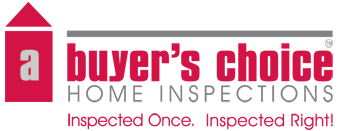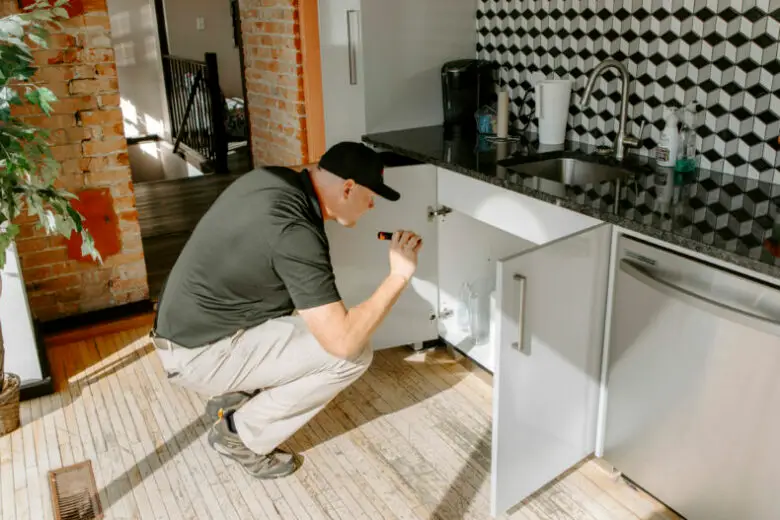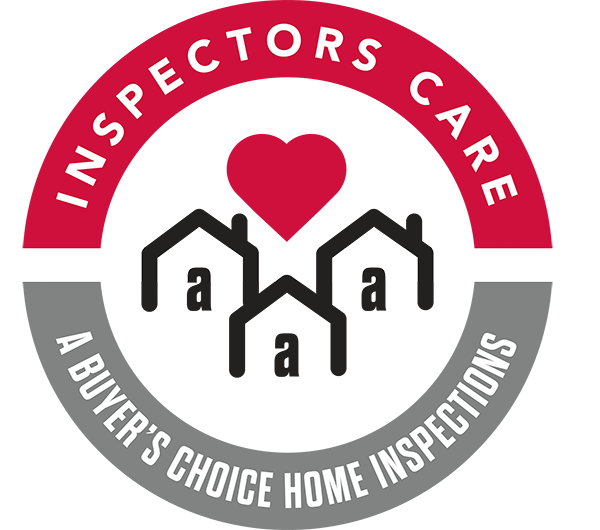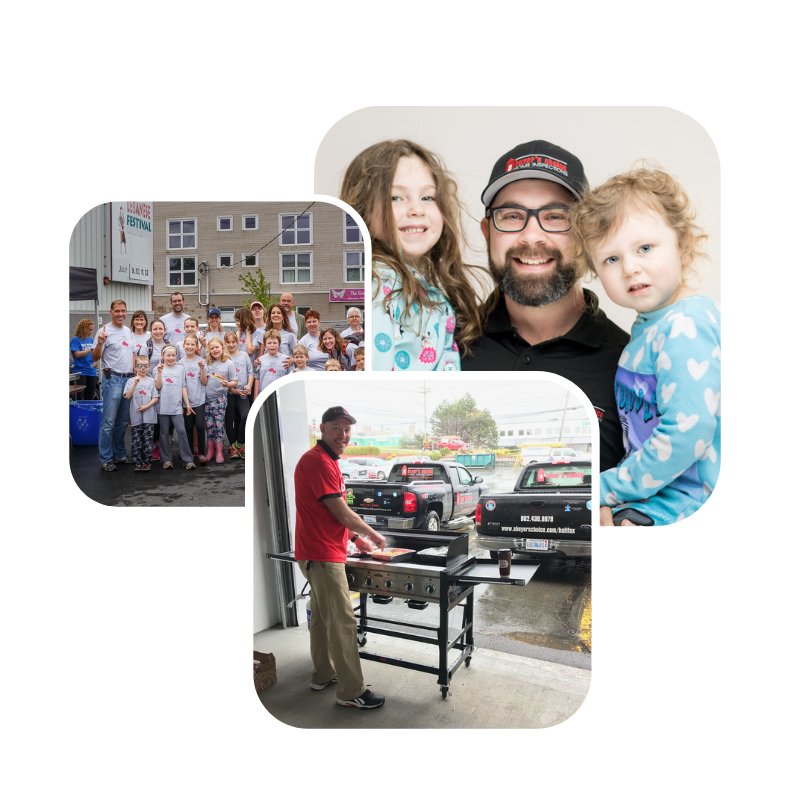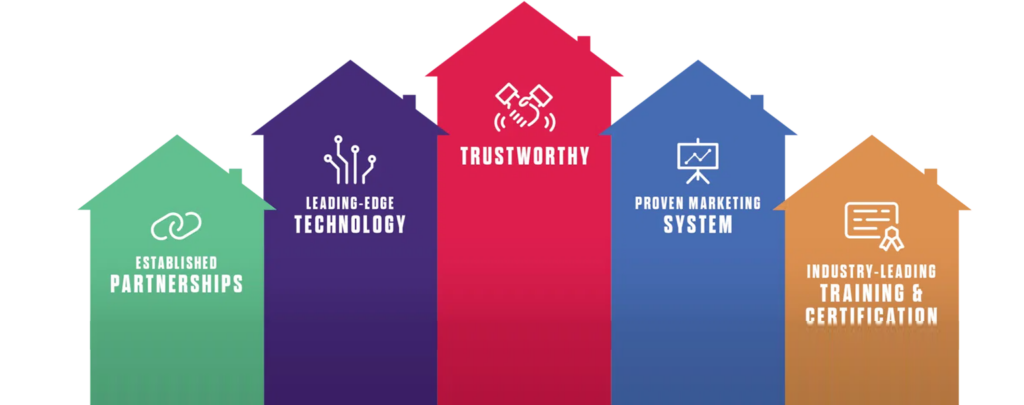All homes are equipped with gas and water emergency shut-off valves. They’re an important part of your home’s mechanical system, so it’s important that you know where they’re located and why you may need to use them before you encounter an emergency situation.
Table of contents
- Main Water Shut-Off Valve
- Outdoor Hose Bib Shut-Off Valve
- Humidifier Water Shut-Off Valve
- Furnace Gas Shut-Off Valve
- Water Heater Shut-Off Valve – Water
- Water Heater Shut-Off Valve – GAS
- Circuit Breaker Service Panels & Fuse Boxes
- Finding the Electrical Service Panel
- Electrical Service Panel Components
- Electrical Service Panel Safety Considerations
- Main Electrical Breaker
- Furnace Shut-Off Valve – Electrical
Main Water Shut-Off Valve
- Virtually all water metres have one main shut-off valve that cuts off all water to the main house. Water metres can be found in the basement, crawl space or near the furnace or water heater. For much older homes that don’t have a metre, the shut-off valve will be located on the main water supply pipe that comes into your house
- Controls all the water to the home
- Fully closing and re-opening this valve once per year can help prevent it from seizing
Outdoor Hose Bib Shut-Off Valve
- Controls water supply to outdoor faucets
- Should be closed in the Fall to prevent faucets and water lines from freezing during the Winter, and can be re-opened in the Spring
- Controls all the water to the home
- Fully closing and re-opening this valve once per year can help prevent it from seizing
Humidifier Water Shut-Off Valve
- Controls water supply to the humidifier
- Humidifier pad should be replaced once per year or as required due to scale build-up
- Humidistat should be adjusted in accordance with the weather (colder air means lower humidity setting)
Furnace Gas Shut-Off Valve
- If your home has natural gas, the main shut-off valve is located just before the gas metre. Also called a street-side valve, it’s typically rectangular in shape. Gas companies prefer that you don’t touch this valve but, instead, use the house-side main shut-off valve located after the metre, furnace or water heater.
- Controls gas to the furnace
- Typically turned off only when there’s a problem with the furnace or if you smell gas
- If you smell gas, leave the house and call your local utility supplier or 911
- Never service the furnace with electrical power turned on to the furnace
- Annual furnace maintenance recommended to keep home environment healthy and safe
- Furnace filter should be changed every 3-4 months. Clogged filters reduce efficiency and cause premature wear of the furnace
- Furnace and ducts should be cleaned every 2-5 years
Water Heater Shut-Off Valve – Water
- Controls water to the water heater
- Typically turned off only when there’s a problem with the water heater or during maintenance
- Fully closing and re-opening this valve once per year can help prevent it from seizing
- Flushing of the tank and/or descaling of the tankless heater annually is recommended
Water Heater Shut-Off Valve – GAS
- Controls gas to the water heater
- Typically turned off only when there’s a problem with the water heater or if you smell gas
- If you smell gas, leave the house and call your local utility supplier or 911
- Flushing of the tank and/or descaling of the tankless heater annually is recommended
What’s the Electrical Service Panel?
The electrical service panel is the connection between the external wires coming from the street and the internal wires of your home’s electrical system. The service panel is the central distribution point that connects the service wire or service drop – the main wire coming from the outside into the house – to the exit wires that split off and service different parts of the house. These exit wires are called branch circuits or branch wire circuits.
In single-family residences, the owner of the building owns the electrical service panel, not the electric company, which means the owner’s responsible for all issues related to the electrical service panel.
Circuit Breaker Service Panels & Fuse Boxes
Electrical service panels have a number of different names, including fuse box, fuse panel and circuit breaker panel. Today, most homes have what’s officially called the electrical service panel, or simply, the service panel. A circuit breaker panel isn’t exactly the same as the fuse box because it has mechanical, toggle-switch circuit breakers, not fuses. It does, however, perform the same function. The older fuses screw or pull in or out, as opposed to the rocker-style method of installing and removing circuit breakers.
All your home’s power is located in the service panel. The electrical service panel provides 100, 200, or more amps of power to a home. Power comes into the house from a service drop, connects to the service lugs within the service panel, and is split into separate circuits throughout the house.
Finding the Electrical Service Panel
By its nature, the main service panel is usually kept away from main household activities. Likely locations include:
- Garage
- Basement
- Utility room
- Hallway that leads to the garage or outdoors
- Pantry adjacent to the kitchen
- Closet
While not typical, a service panel may be found on the outside part of an exterior wall, especially in the case of older fuse boxes.
One way to find your electrical service panel is to first go outside and locate the service drop and service head on your roof. The service panel should be directly below in one of the home’s stories. For buried power lines, usually the line will start at the street and connect to the home near the front or side of the home.
Electrical Service Panel Components
- Outer panel door that swings open
- Protective cover with spaces for circuit breaker switches
- Lugs and thick wires that connect to the service drop
- Circuit breakers
- Open or shut spaces for extra circuit breakers (optional)
- Assortment of wires that run from circuit breakers to circuits that service areas of the house
Electrical Service Panel Safety Considerations
When the service panel’s outer door’s closed, the service panel’s safe to touch under normal conditions. When the outer door’s open and circuit breaker switches are exposed, the panel’s still safe to touch under normal conditions.
Main Electrical Breaker
- Main breaker controls all electricity to the home
- Typically turned off only when there’s an electrical emergency in the home
- Individual circuit breakers should be turned off when performing electrical maintenance
- Installing both smoke and carbon monoxide detectors recommended on each floor of the home
Furnace Shut-Off Valve – Electrical
- Controls electricity to the furnace
- Typically turned off only when there’s a problem with the furnace
- Never service the furnace with electrical power turned on to the furnace
- Annual furnace maintenance recommended to keep home environment healthy and safe
- Furnace filter should be changed every 3-4 months. Clogged filters reduce efficiency and cause premature wear of the furnace
- Furnace and ducts should be cleaned every 2-5 years
